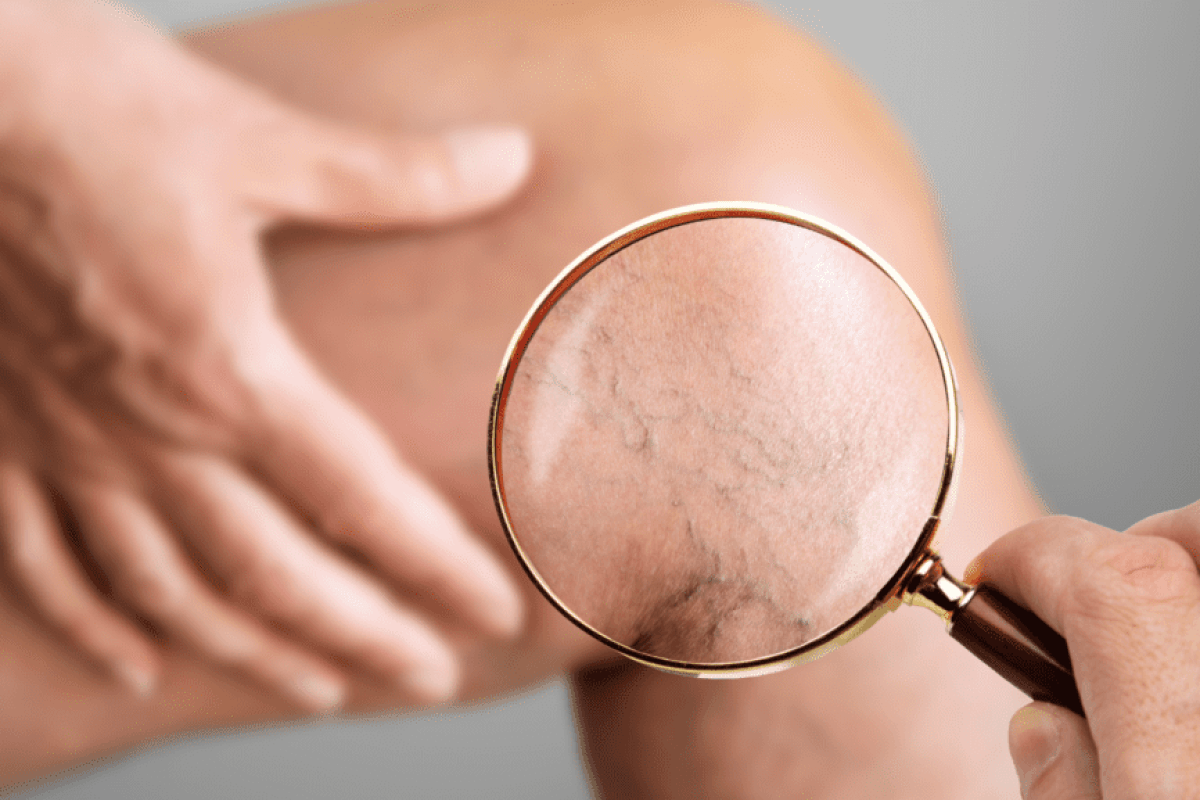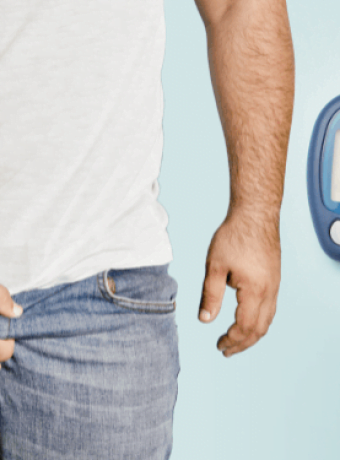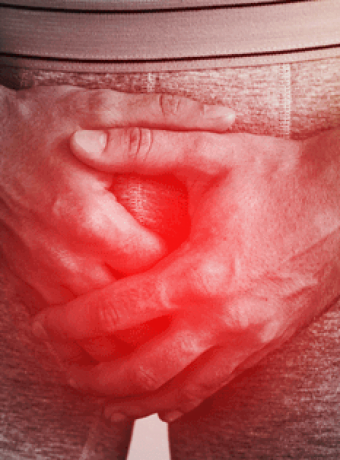10 Symptoms of Deep Vein Thrombosis

Last Updated on May 12, 2024 by Lauretta Iyamu, PharmD
Do you travel frequently, take a flight, or go for a drive longer than three hours? Does your job require you to stand for long hours? Then let’s talk about blood clots. Why did you ask? According to the Centers for Disease Control and Prevention, blood clots can be a severe risk during long-distance trips for some travelers. In several cases, a blood clot will detach from your leg vein and move through your bloodstream to your heart or lungs. This movement can result in sudden or severe symptoms and even death within a few hours if not promptly treated. Read on to learn the 10 Symptoms of deep vein thrombosis that you should know to prevent further complications of the disease.
What is Deep Vein Thrombosis?
Deep vein thrombosis happens when blood clots are formed deep within a vein. It occurs mainly in the thigh or lower leg regions. Commonly, deep vein thrombosis can occur without pain or symptoms. However, if there is a complete or partial blockage of blood flow due to deep vein thrombosis, it causes pain and swelling around the vein close to the surface of your skin which may have difficulty in movement.
Symptoms of Deep Vein Thrombosis
You must know the ten symptoms of deep vein thrombosis to prevent blood clot complications or even death.
1. Leg pain or tenderness
You can experience severe leg pain or tenderness when a large blood clot occurs. This can particularly affect you when you are standing, walking, or climbing stairs. In addition, leg pain or tenderness can occur in your ankle, foot, or arm.
2. Swelling
Swelling may occur mainly around the affected areas, such as your lower leg or thigh. This may worsen when there is a clot. This swelling is typically limited to one side of your body (unilateral). However, it is unlikely that deep vein thrombosis causes bilateral swelling as it is often indicative of other diseases such as congestive heart failure or too much salt (sodium) intake.
3. Warm skin
You often may feel the warmth on your skin in the affected leg or even feverish in some cases.
4. Reddened or discolored skin
You may experience the skin on the affected leg may become red, pale, or even blue along the thigh or lower leg. Deep vein thrombosis may not be the only cause of reddened or discolored skin, but it is one of the most common reasons in acute cases as opposed to chronic conditions.
5. Cramping
The presence of severe cramps, also called Charley horses, in your thigh may indicate you have deep vein thrombosis. You should seek medical examination if you are experiencing severe cramps and one or more visible surface veins becoming red, swollen, and painful to touch.
6. Bloody cough
This is clinically known as Hemoptysis. It occurs when you experience sudden and unexplained coughing, which may produce bloody mucus. These symptoms could indicate a blood clot in your lungs, which is a direct effect of deep vein thrombosis.
7. Tightness or chest pain
Blood clots can cause you to experience sharp chest pain or tightness. This is due to restricted breathing resulting from detached blood clots reaching your lungs. Other medical conditions, such as heart attack or pneumonia, may cause chest pain. Do not hesitate to consult your healthcare provider if you experience pain in your chest for prompt evaluation.
8. Shortness of breath
Shortness of breath accompanied by fast breathing could be a symptom of deep vein thrombosis. This can occur, especially if a clot breaks off and enters your lungs. You should see a doctor immediately if you have rapid breathing and other symptoms.
9. Accelerated Heart Rate
This is clinically known as ‘Tachycardia.’ A symptom of accelerated heart rate may be a sign of deep vein thrombosis. However, other chronic conditions can also cause an accelerated heart rate. Ensure you see your healthcare provider when you experience tachycardia and shortness of breath.
10. Light-headedness or dizziness
Also known as syncope, it can result in a blood clot entering vital organs such as your heart or lungs. A blood clot has the potential to be fatal. Due to an accelerated heart rate and shortness of breath, you may experience light-headedness or dizziness. Do not hesitate to consult your healthcare provider for immediate emergency attention.
Wrapping Up
Deep vein thrombosis is when a blood clot forms in a deep vein inside your body. Deep vein blood clots typically form in your thigh or lower leg but can also develop in other parts of your body. The above ten symptoms of deep vein thrombosis show how fatal the disease could be to your health. When you experience one or more symptoms listed above, seek medical evaluation immediately to prevent further health complications or even death.
References
- Blood Clots and Travel. Centers for Disease Control and Prevention. Available at: https://www.cdc.gov/ncbddd/dvt/travel.html. Accessed September 03, 2022
- What is venous thromboembolism? Centers for Disease Control and Prevention. Available at: https://www.cdc.gov/ncbddd/dvt/facts.html. Accessed September 03, 2022
- Kim KA, et al. Endovascular Treatment for Lower Extremity Deep Vein Thrombosis: An Overview. Korean J Radiol. 2021;22(6):931-943. Accessed September 03, 2022
- Heit JA, et al. The epidemiology of venous thromboembolism. J Thromb Thrombolysis. 2016;41(1):3-14. Accessed September 03, 2022
- Schubert H. Deep vein thrombosis. Can Fam Physician. 2001; 47:45-47. Accessed September 03, 2022
Sharing is caring, kindly share with your friend and follow us on Pinterest for more exciting secrets and tips on how to stay healthy and be happy!!!



